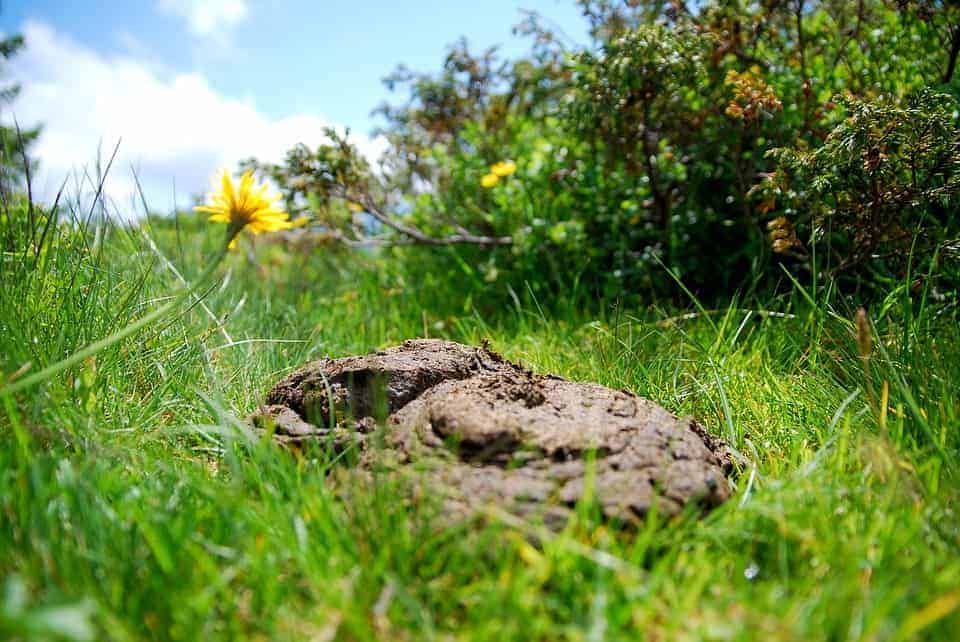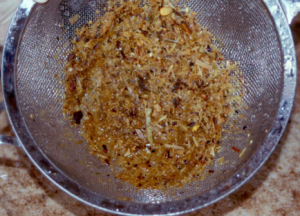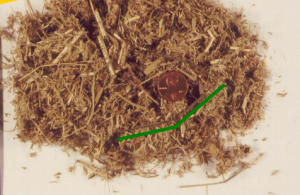
From Feed to Manure: How to Optimize the Chain to Ensure Cow Health and Production – Part 3
3. Physical Analysis of Cow Manure
Importance of Manure Observation:
Manure is regarded as a reflection of digestive health hence a lot can be learned if while taking a round of the farm manure observations are carefully noted and interpret ed. During the visiting observer the cows that are defecating and take note of the quantity, colour and consistency of their dung. Please note that all the cows in the herd will not have the same dung consistency; some variations are normal. The same cow might even show variations in dung consistency through the day, depending on the difference in feed in the morning and evening.
 If, however, a group of cows shows large variations in dung consistency within the same time frame, it may indicate that the animals are ration-sorting the feed, or that one of them has digestive problems. In general, when a cow evacuates dung it is lobular and covered with some mucous. The water content is such that the entire dung heap can be picked up in the single hold. In the case of buffaloes, however, dung will not be coated with mucous but when the dung falls on the floor it does not spread peripherally. When an animal is on silage the dung consistency is slightly loose compared to when fresh grass is fed.
If, however, a group of cows shows large variations in dung consistency within the same time frame, it may indicate that the animals are ration-sorting the feed, or that one of them has digestive problems. In general, when a cow evacuates dung it is lobular and covered with some mucous. The water content is such that the entire dung heap can be picked up in the single hold. In the case of buffaloes, however, dung will not be coated with mucous but when the dung falls on the floor it does not spread peripherally. When an animal is on silage the dung consistency is slightly loose compared to when fresh grass is fed.
Quick Test to Evaluate Digestive Efficiency:
If you have 50 cows, collect at least five representative manure samples (or from all in case you have five cows) and mix them together. Place a 50-100g of this sample on a .05-.08- inch mesh sieve or in a strainer. Pour clean water through the sieve to wash away small nutrients in the faeces, and continue till the water runs clear. Examine the remaining material in the sieve for the following:
Long fibre particles:
It is normal to find a few small forage particles, but particles larger than 0.5 inches indicate poor digestion of forage. This could be due to fibre type (ADF / NDF) and the digestive quality of the fibre. Large forage particles are also indicative of the absence of grass mat in the rumen and easy and quick passage of digesta from the rumen to the large intestine. This may be due to poor quality feed roughage. It has been mentioned earlier that fibre digestion occurs predominantly in the rumen through microbial fermentation, a process that requires plenty of water, an anaerobic environment in the rumen, the right kind of microbes and the buffering of the rumen by saliva. A compromise in any one of these factors will impact fibre digestion.
 |
 |
Grain particles:
The presence of large or small grain particles in the dung can tell you a lot about the efficiency of grain digestion. When the passage of digesta from small to large intestine occurs too quickly, the starch th at should have been digested in the rumen is now being processed in the large intestine, causing acid and moist, foamy faeces. High-producing cows feed fast as their feed is predominantly grain; this means that there is a rapid passage of feed through the rumen. Often, high-producing cows are fed excessive amounts of starch, which might be beyond the capacity of the rumen to digest. Intact grain kernels in the faeces could indicate that the starch was inaccessible to digestion. This could also happen if the cows are being fed silage prepared from over-mature corn crops.
The size of the grain particles contributes to how they are processed. If the grains are not cut to open the kernel, the starch isn’t open or accessible and this affects its digestibility. Grains that are too large won’t be digested and will appear in the dung. However, grains should not be grounded too small, either, as these would pass undigested to the large intestine, where they would cause gas and acidity. This image depicts various grain sizes in processed maize. The ideal size is 30 Mesh.
In some cases, it is also advisable to send faeces to a laboratory for the detection of abnormal contents such as starch, protein and fat. However, these tests are only conducted if there is a collective digestive problem across the herd.
In the next blog will discuss the manure scoring card.
